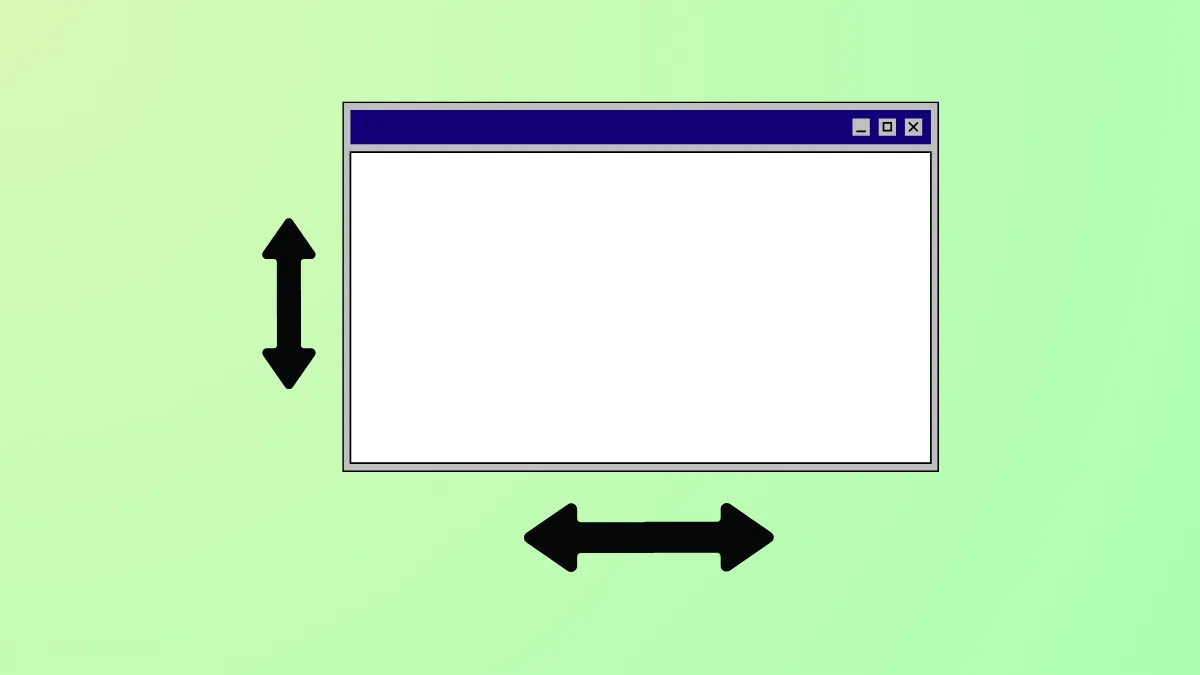Managing window positions and sizes using keyboard shortcuts significantly speeds up your workflow, especially if you're accustomed to KDE's efficient window management. Fortunately, you can replicate similar functionality in other desktop environments by configuring key combos. This guide walks you through setting up keyboard shortcuts to move and resize windows, giving you fast, precise control without relying on your mouse.
Method 1: Using Built-in Keyboard Shortcuts (KDE Plasma)
If you're using KDE Plasma, the quickest way is to utilize its built-in window management shortcuts. KDE Plasma provides comprehensive window-handling capabilities right out of the box.
Step 1: To move windows without using your mouse, hold down the Alt key, then click and drag anywhere within the window. This lets you reposition the window easily, even when the title bar isn't directly accessible.
Step 2: To resize windows quickly, press and hold the Alt key, then right-click and drag anywhere within the window. Dragging your mouse will dynamically adjust the window size.
Step 3: For keyboard-only resizing, press Alt + F3 to open the window menu, then use arrow keys to select "Resize" and press Enter. Now, use the arrow keys to adjust window dimensions and press Enter again to confirm.
These built-in shortcuts streamline window management, reducing reliance on mouse movements and speeding up your desktop navigation significantly.
Method 2: Configuring Custom Keyboard Shortcuts (GNOME Desktop)
If you're using GNOME or another desktop environment without KDE's built-in shortcuts, you can manually configure custom keyboard shortcuts to move and resize windows.
Step 1: Open the "Settings" application from your GNOME applications menu. Navigate to "Keyboard" and then select the "Keyboard Shortcuts" tab.
Step 2: Scroll down and click the "+" button to add a new custom shortcut. Name it clearly, such as "Move Window Left," and enter the following command to move the active window to the left side of the screen:
wmctrl -r :ACTIVE: -e 0,0,0,960,1080This command moves and resizes the active window to fill the left half of a standard 1920x1080 resolution screen. Adjust the numbers as needed for your resolution and preferences.
Step 3: Assign a convenient keyboard shortcut like Ctrl + Alt + Left Arrow. Repeat this process to create shortcuts for the right side, top half, bottom half, or any custom window placement you prefer.
wmctrl utility installed. You can install it easily via your package manager using sudo apt install wmctrl. This approach provides precise control over window positioning, allowing you to optimize your workspace exactly as needed.Method 3: Using Third-Party Tools (Xfce, Cinnamon, and Others)
For other desktop environments like Xfce or Cinnamon, third-party applications like QuickTile or Devilspie2 offer robust window management features similar to KDE.
Step 1: Install QuickTile by using your package manager or by following the instructions on its official repository. For example, on Debian-based systems, you can install dependencies and QuickTile via:
sudo apt install python3 python3-gi python3-xlib python3-setuptools git
git clone https://github.com/ssokolow/quicktile.git
cd quicktile
sudo python3 setup.py installStep 2: After installation, run QuickTile once to generate default configuration files:
quicktileThen, edit the configuration file ~/.config/quicktile.cfg to customize window positions and sizes according to your preferences.
Step 3: Set QuickTile to start automatically at login by adding it to your desktop environment's startup applications. Now, you can use default shortcuts (such as Ctrl + Alt + Keypad Numbers) or customize them in the configuration file to manage windows efficiently.
Third-party tools like QuickTile provide versatile, KDE-like window management capabilities, significantly speeding up your workflow across various desktop environments.
With these methods, you can easily replicate KDE's powerful window management shortcuts, improving your desktop navigation and productivity across different Linux desktop environments.


